Human Health and Well-Being
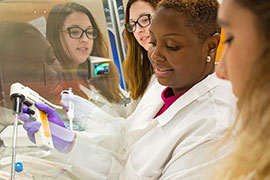
Cardiovascular disease is the cause of one in four deaths in the U.S. A major contributor to cardiovascular disease is vascular calcification, a build-up in the arteries th...
Read more
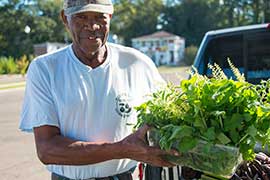
Drs. Matthew Interis, Lurleen Walters, and Alba J. Collart, researchers in the Mississippi Agricultural and Forestry Experiment Station's Department of Agricultural Economi...
Read more

Food insecurity impacts 8.5 percent of adults age 65 and older in the U.S. The health implications of food insecurity in older adults are considerable, specifically for tho...
Read More
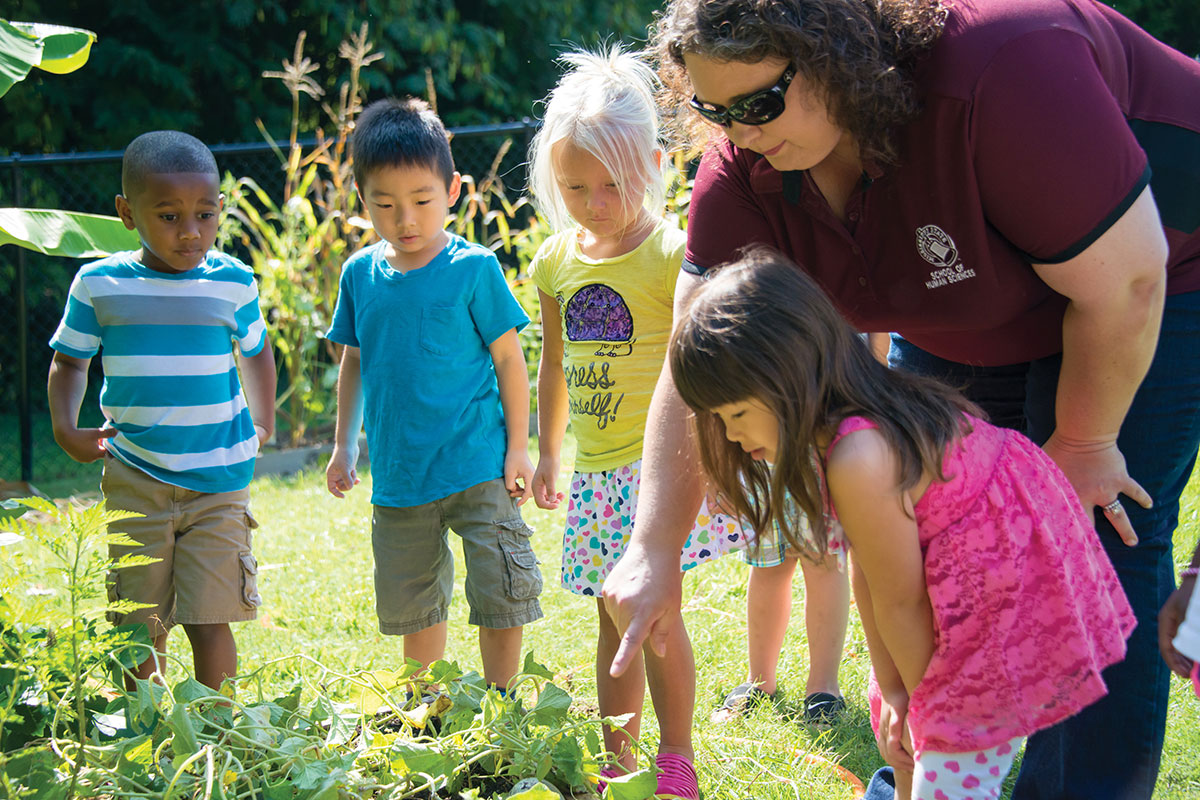
One in eight U.S. preschoolers is considered obese, according to the Centers for Disease Control. One-third of three- and four-year-olds and half of five-year-olds in Missi...
Read More

The ever changing family dynamic creates numerous opportunities for research by scientists like Drs. Joe Wilmoth and Tommy Phillips. The duo, both researchers in the Missis...
Read more

Even though teen pregnancy is down more than 25 percent nationally and in Mississippi, there is still much work to do to reduce the U.S. teen birth rate, which remains one ...
Read more
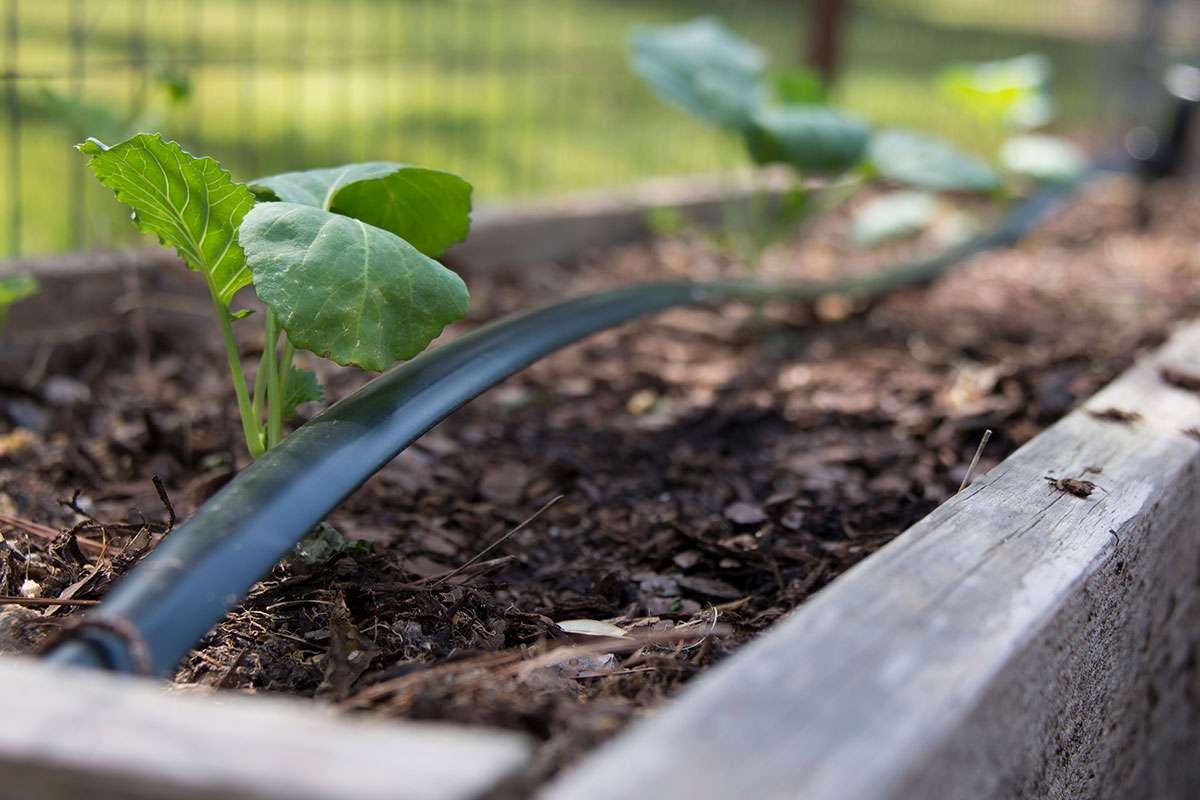
MAFES scientists Drs. Christine Coker and Gary Bachman have developed easy ways for Mississippi residents to have a flourishing vegetable crop without actually having a tra...
Read more
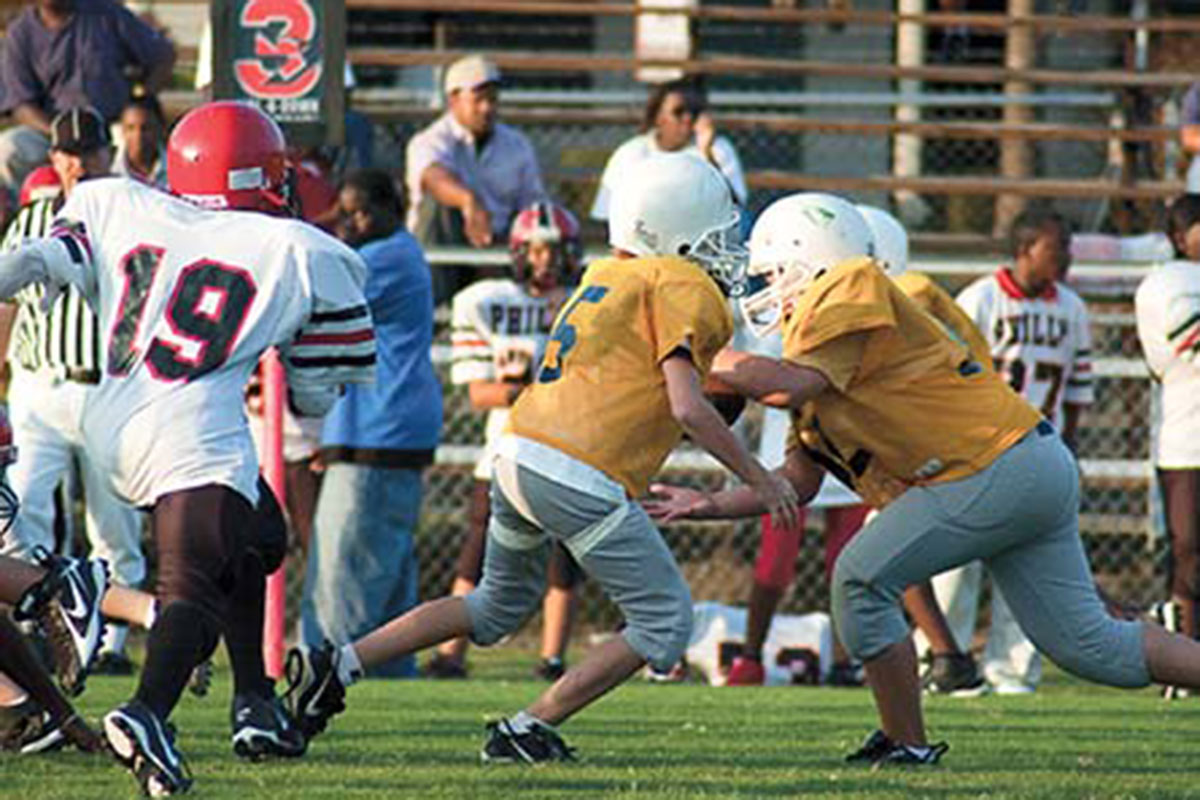
MAFES scientists study the woodpecker's beak to help define shock absorption in man-made design. Read more
